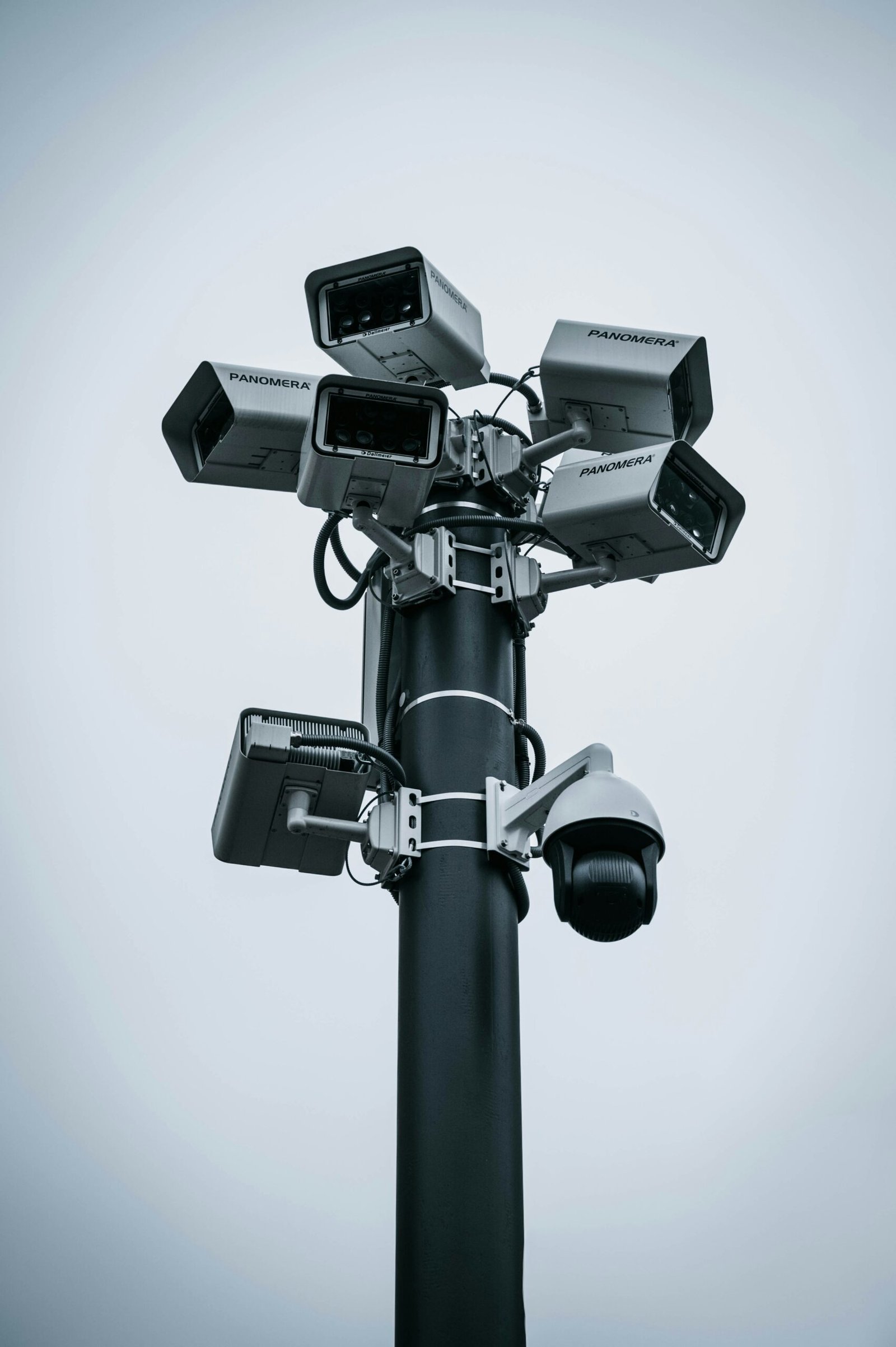Understanding Command and Control (C2) Infrastructure: The Backbone of Cyber Attacks
What is Command and Control (C2) Infrastructure?
Command and control (C2) infrastructure refers to the systems and protocols that cybercriminals use to communicate with compromised machines, often referred to as “bots” or “zombies.” C2 plays a pivotal role in orchestrating cyber attacks by allowing attackers to issue commands, receive data, and manage operations from a centralized or distributed platform. Understanding C2 is essential for cybersecurity professionals as it provides insights into how attacks are executed and enables the formulation of effective countermeasures.
At its core, C2 infrastructure facilitates a two-way communication channel between the attackers and the infected systems. This allows for real-time interactions that support various malicious activities, including data theft, espionage, and the dissemination of malware. The C2 server sends commands that instruct compromised systems on what actions to perform, such as exfiltrating data or launching additional attacks. Due to the critical nature of this communication, cybersecurity measures often focus on detecting and disrupting C2 operations.
There are primarily two models of C2 setups: centralized and decentralized. In a centralized model, all compromised systems communicate directly with a single C2 server, making it easier for attackers to control and manage their bots. However, this approach creates a single point of failure; taking down the C2 server can significantly hinder the effectiveness of the cyber attack. On the other hand, decentralized models distribute control across multiple servers, enhancing resilience against disruption but complicating coordination among the compromised systems.
Both models come with distinct advantages and vulnerabilities, which cybersecurity experts must understand to devise robust defenses against cyber threats. The adaptability and flexibility of C2 infrastructure highlight the ongoing challenges in cybersecurity, making it imperative for organizations to stay vigilant and develop proactive measures to counteract these dynamic threats.

C2 in Cybersecurity: Understanding Command and Control Infrastructure
Have you ever wondered how hackers orchestrate their attacks? A crucial component of their operations is the Command and Control (C2) infrastructure. Think of it as the headquarters from where hackers remotely manage and control their malicious activities.
What is C2?
C2, also known as C&C, is a communication channel between a hacker and the compromised systems they control. It allows hackers to send commands, receive data, and maintain persistent control over infected devices.
How Does C2 Work?
- Botnets: Hackers often create botnets, networks of compromised devices, to carry out attacks. C2 servers act as the central command centers for these botnets.
- Communication Channels: C2 can use various communication channels, including:
- Internet Relay Chat (IRC): A popular choice for early botnets.
- Domain Generation Algorithms (DGAs): Dynamically generate domain names to evade detection.
- Peer-to-Peer (P2P) Networks: Decentralized networks that make it difficult to track.
- Cloud-Based Services: Leveraging legitimate cloud platforms for malicious purposes.
Why is C2 a Major Concern?
- Persistent Control: C2 allows hackers to maintain long-term access to compromised systems, enabling them to launch attacks at their convenience.
- Botnet Amplification: C2 can be used to amplify the impact of attacks by coordinating the actions of multiple compromised devices.
- Data Exfiltration: Hackers can use C2 to steal sensitive data from compromised systems.
Defending Against C2 Attacks
- Network Segmentation: Isolate critical systems to limit the spread of infections.
- Endpoint Security: Implement robust endpoint protection solutions to detect and prevent malware.
- Network Traffic Monitoring: Use intrusion detection systems (IDS) to identify suspicious activity.
- Threat Intelligence: Stay informed about emerging threats and trends.
The Evolving Landscape of C2
As technology advances, hackers continue to refine their C2 techniques. We can expect to see more sophisticated and stealthy C2 infrastructures in the future.
Have you encountered any C2-related threats in your organization? Share your experiences and insights in the comments below. Let’s discuss strategies for preventing and mitigating C2 attacks.
How Do Hackers Use C2 Infrastructure?
Command and Control (C2) infrastructure serves as a pivotal mechanism for cybercriminals, enabling them to orchestrate various malicious activities in an efficient manner. One of the most common applications of C2 systems is the deployment of malware. Once a victim’s system is compromised, the C2 server can send instructions to the malware to execute additional payloads, which might include ransomware or spyware. This remote management capability allows cybercriminals to update their malicious software dynamically, ensuring that they can evade detection by conventional cybersecurity measures.
Another significant use of C2 infrastructure is for data exfiltration. Cyber attackers often deploy sophisticated techniques to extract sensitive data from compromised networks. After breaching a system, they will employ the C2 server to manage the flow of stolen information, often utilizing encrypted channels to bypass security protocols. By leveraging a C2 setup, hackers can transmit sensitive data to themselves without drawing undue attention, thus maximizing their chances of success.
The management of botnets is yet another critical function of C2 infrastructure. A botnet comprises numerous infected devices, which can be orchestrated to perform coordinated attacks, such as Distributed Denial of Service (DDoS) attacks. Through the C2 server, hackers can issue commands to the botnet in real-time, directing these compromised machines to carry out malicious activities against specific targets. This remote access not only enhances the scale of cyber attacks but also complicates cybersecurity responses.
To maintain control over compromised systems, hackers frequently utilize Remote Access Tools (RATs). These tools allow them to surveil, manipulate, and interact with infected devices as if they were physically present. Stealth and obfuscation techniques are paramount in these operations. Cybercriminals often employ encryption and other means to conceal their C2 communications, making it challenging for security professionals to intercept and disrupt their activities. Thus, C2 infrastructure represents a sophisticated framework that underpins modern cyber attacks. The continued evolution of these tactics poses an ongoing challenge in the realm of cybersecurity.
Common C2 Communication Channels and Protocols
Command and Control (C2) infrastructure relies on various communication channels and protocols to facilitate the control of compromised systems. Understanding these channels is crucial for cybersecurity professionals striving to detect and mitigate potential threats. One of the most common protocols employed is Hypertext Transfer Protocol (HTTP/S). Cybercriminals leverage HTTP/S for C2 communications due to its widespread use and the inherent difficulty in distinguishing legitimate traffic from malicious activities. The encryption provided by HTTPS adds a layer of obfuscation, making it more challenging for security tools to analyze the content of communications.
Another notable method used for C2 communication is Domain Name System (DNS) tunneling. This technique exploits the DNS protocol to send commands to compromised devices covertly. By encoding data in DNS queries and responses, attackers can circumvent traditional network security measures, as DNS traffic is typically less scrutinized. Conversely, while DNS tunneling is effective, it does present some challenges for attackers regarding data transfer rates and the amount of data that can be exfiltrated.
Peer-to-peer (P2P) networks also serve as a C2 communication channel, offering flexibility and resilience against takedowns. In this decentralized approach, compromised hosts communicate directly with one another, reducing reliance on a central server. P2P networks can be harder to detect, as the traffic can blend in with legitimate network activity. However, this complexity poses its own set of challenges, including the need for a robust infrastructure among the participating nodes.
Each of these communication methods varies in terms of security implications and detection evasion. For cybersecurity professionals, recognizing the characteristics of these channels is vital for developing effective strategies to identify and neutralize C2 activities. As attackers evolve their techniques, the continuous monitoring of these communications will remain an essential aspect of a robust cybersecurity posture.

Countermeasures and Detection Strategies for C2 Infrastructure
In an era where cyber threats are ever-evolving, organizations must employ rigorous countermeasures and detection strategies to mitigate the risks associated with Command and Control (C2) infrastructure. Effective detection begins with continuous network traffic analysis, which can help identify unusual patterns that may signify an active C2 operation. By closely monitoring data flow, organizations can discern normal versus abnormal activity, allowing for timely interventions against potential threats.
In addition to network traffic analysis, vigilance towards anomalies in Domain Name System (DNS) requests can provide crucial insights into C2 communications. Cybercriminals often utilize domain generation algorithms to create unique domain names for their C2 servers, making it essential for security teams to monitor and log DNS queries. Detecting high frequency requests to newly registered or suspicious domains can serve as early indicators of a possible compromise linked to C2 infrastructure.
Furthermore, organizations should focus on established indicators of compromise (IoCs) that may point to C2 activities. Regularly updating and cross-referencing threat intelligence feeds can significantly enhance the capability to detect known C2 patterns and signatures. Coordinating this effort with robust security policies ensures that all levels of the organization remain vigilant against potential breaches.
On a proactive note, employee training plays a crucial role in defending against C2-related threats. By educating staff about common tactics used in cyber-attacks, organizations can reduce the likelihood of human error facilitating a successful breach. Additionally, maintaining regular updates to software, firewalls, and antivirus solutions helps thwart emerging C2 strategies by closing known vulnerabilities.
Overall, a multifaceted approach that incorporates continuous monitoring, training, and proactive policies can significantly bolster an organization’s defense against C2 threats, fostering a more resilient cybersecurity framework.
More Security Trainings for Professionals
If you are particularly interested in Cybersecurity Training for Specific Roles, you can check out our article for HR Professionals: Shield Your Workforce: Essential Cybersecurity Training for HR
Also, we have one for Marketing and Sales Teams: From Lead Generation to Data Protection: Cybersecurity for Sales and Marketing Teams
If you are part of Customer Support Team, this read is for you: First Line of Defense: Cybersecurity Training for Customer Support Teams
If you are in Finance or Accounting, you will find this article helpful: Protecting the Bottom Line: Cybersecurity Training for Finance and Accounting Professionals
Visit InnoVirtuoso.com for more…
I would love some feedback on my writing so if you have any, please don’t hesitate to leave a comment around here or in any platforms that is convenient for you.
For more tech related stuff you can always browse and InnoVirtuoso.com and if you would subscribe to my newsletter and be one of my first subscribers, we would make some magic happen. I can promise you won’t be bored. 🙂
You can also subscribe to our newsletter and stay up to date with the latest Tech News here.
Thank you all, and have an awesome day.






